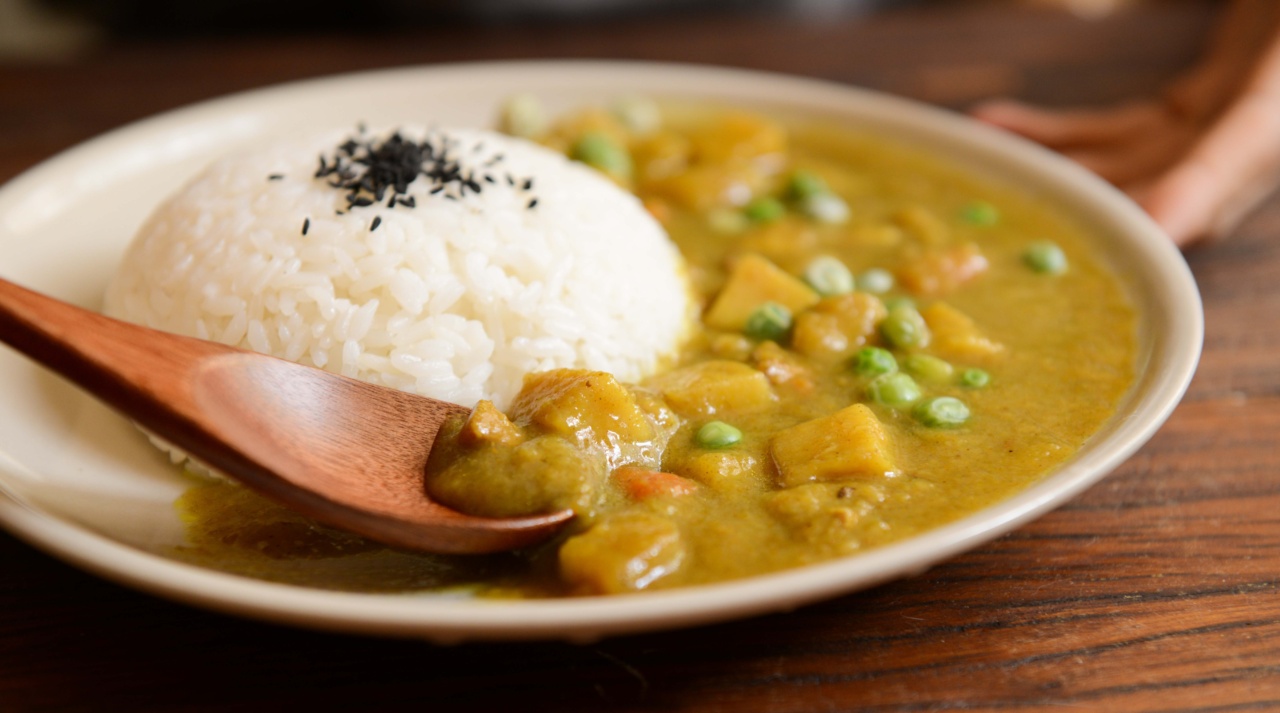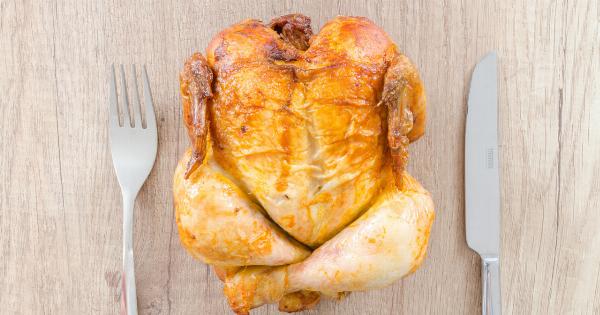Chicken is a versatile meat that is widely consumed around the world. It is low in fat and high in protein, making it a popular choice for those looking to maintain a healthy diet.
However, improper handling and cooking of chicken can lead to food poisoning, which can cause serious illness. In this article, we will discuss the best practices to avoid food poisoning and stay healthy while enjoying chicken.
1. Purchase from a reliable source
When buying chicken, it is important to ensure that you are purchasing it from a reliable and reputable source. Look for freshness indicators such as the color and smell of the meat.
Avoid buying chicken that appears slimy or has a strong odor, as these are signs of spoilage.
2. Store chicken properly
Once you have purchased chicken, it is important to store it properly to prevent the growth of bacteria. Always refrigerate chicken promptly and keep it in a separate container to avoid cross-contamination with other foods.
Make sure the refrigerator temperature is set at 40°F (4°C) or below to slow down bacterial growth.
3. Thawing chicken safely
If you are thawing frozen chicken, it is important to do it safely to prevent bacterial growth. The best method is to thaw chicken in the refrigerator overnight. If you need to thaw it quickly, you can use the microwave or cold water method.
However, never thaw chicken at room temperature as it can promote bacterial growth.
4. Practice good hygiene
One of the best ways to prevent food poisoning is by practicing good hygiene. Always wash your hands thoroughly with soap and water before and after handling chicken. Avoid touching other surfaces or foods without washing your hands in between.
This helps to prevent the spread of bacteria.
5. Separate raw and cooked chicken
When preparing chicken, it is important to keep raw and cooked chicken separate to avoid cross-contamination. Use separate cutting boards, knives, and utensils for raw and cooked chicken.
This helps to prevent the transfer of bacteria from raw chicken to cooked chicken or other foods.
6. Cook chicken to the right temperature
Cooking chicken to the right internal temperature is crucial to kill any bacteria present. The safe minimum internal temperature for chicken is 165°F (74°C). Use a food thermometer to accurately measure the temperature.
Make sure to insert the thermometer into the thickest part of the meat without touching the bone.
7. Avoid eating undercooked chicken
Undercooked chicken can still harbor harmful bacteria and can cause food poisoning. Avoid eating chicken that is pink in the center or has any signs of blood.
Cut into the thickest part of the meat to ensure it is fully cooked and there are no traces of pinkness.
8. Properly handle leftovers
Leftover chicken should be handled and stored properly to prevent food poisoning. Refrigerate any leftover chicken within 2 hours after cooking.
If reheating, make sure to heat it to an internal temperature of 165°F (74°C) to kill any bacteria that may have grown.
9. Be cautious when eating out
When dining out, it is important to be cautious when ordering chicken dishes. Make sure the chicken is cooked thoroughly and inquire about the cooking methods if necessary.
If the chicken appears undercooked or has an odd odor, it is best to avoid consuming it.
10. Practice safe grilling
Grilling chicken is a popular method of cooking, but it is essential to practice safe grilling techniques. Make sure to preheat the grill properly and cook chicken to the recommended internal temperature.
Avoid cross-contamination by using separate plates and utensils for raw and cooked chicken.
Conclusion
Staying healthy with chicken involves following proper practices to avoid food poisoning.
By purchasing from a reliable source, storing chicken correctly, practicing good hygiene, and cooking it to the right temperature, you can enjoy chicken without the risk of foodborne illnesses. Remember to always handle and cook chicken with care to maintain your health and well-being.































